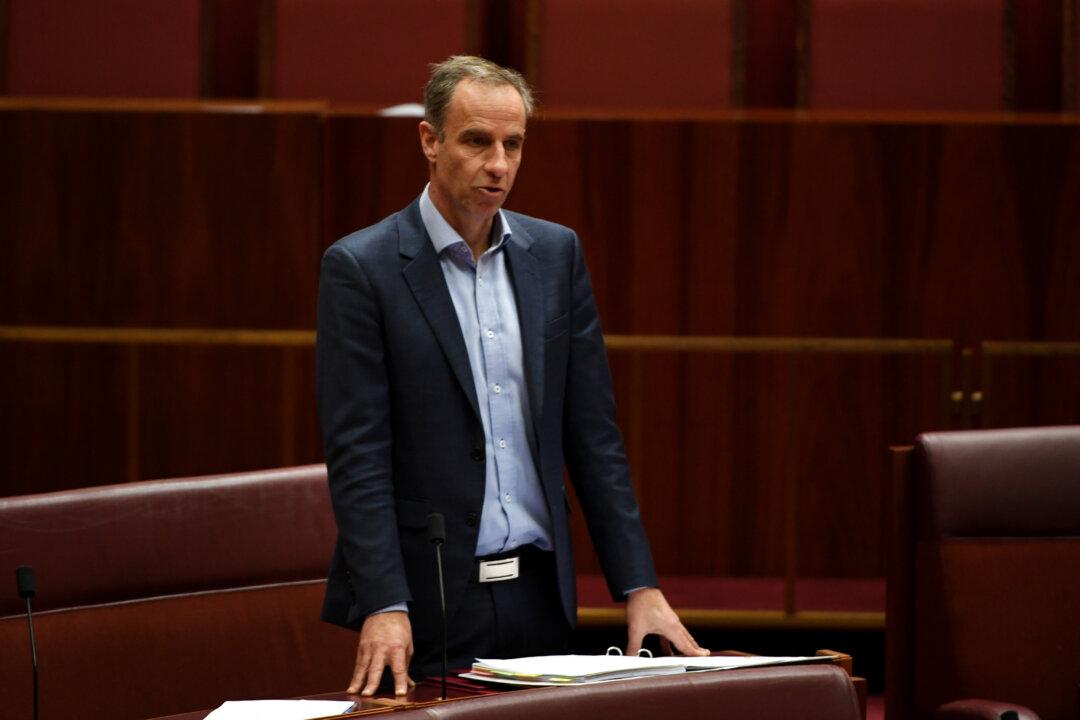The Greens Party has called on the Australian government to stop the central bank from raising interest rates further.
On Feb. 7, the Reserve Bank of Australia (RBA) announced the ninth consecutive interest rate hike, taking the official cash rate to 3.35 percent from the previous 3.1 percent.





